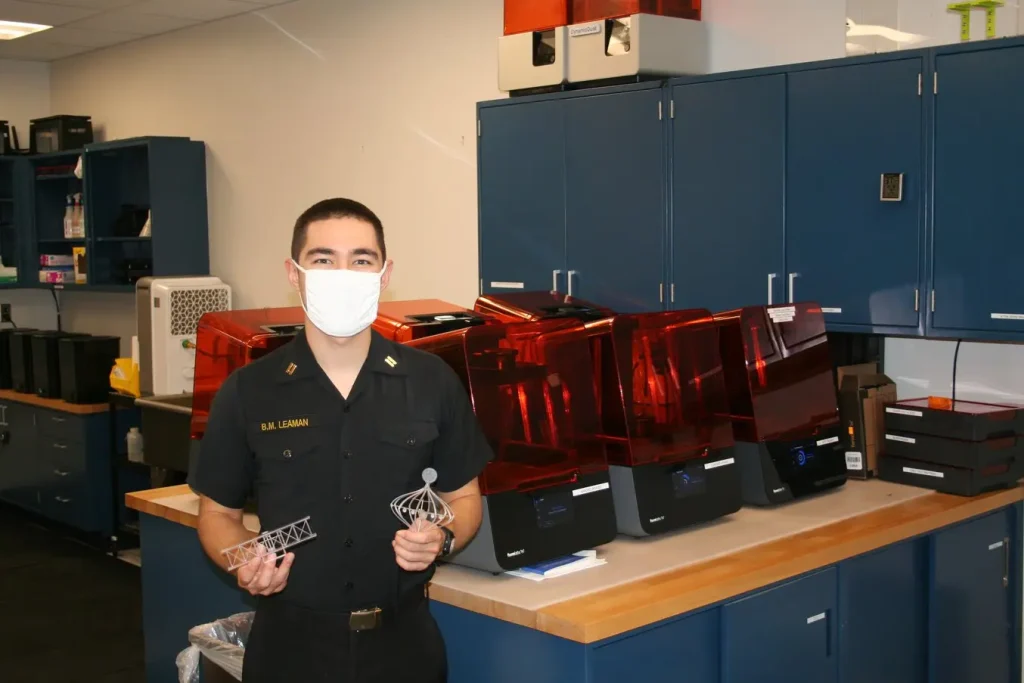By Ken Lynch, Jones
& Company, @jones_mktg
& Company, @jones_mktg
Having a satisfied customer is not a guarantee of their
business next year, or even next month. More than ever, customers are powered by
choice. Consequently, a satisfied
customer no longer guarantees that you will have their business, as they continuously
seek to reduce costs and increase profitability.
business next year, or even next month. More than ever, customers are powered by
choice. Consequently, a satisfied
customer no longer guarantees that you will have their business, as they continuously
seek to reduce costs and increase profitability.
Every year companies spend millions to generate revenue from
new sales. Yet, after the sale very
little (in comparison) is spent to protect this investment and retain customers.
There is no doubt that retention, churn
and customer lifetime revenue have replaced the idea of a simple closed sale.
new sales. Yet, after the sale very
little (in comparison) is spent to protect this investment and retain customers.
There is no doubt that retention, churn
and customer lifetime revenue have replaced the idea of a simple closed sale.
These and other aspects of Customer Success were one of the areas
of interest tackled by attendees at this year’s MassTLC Innovation2015 UnConference. Facilitating this highly interactive track
were Brian
Gladstein co-chair Boston’s Lean Startup Challenge and EVP of GYK Antler, Dave Witting, Vice
President, Customer Success at Localytics, and John Paladino,
Vice President of Client Services at InterSystems. Based on experience and with the desire to
learn from their peers, attendees contributed thoughts, ideas, and questions to
help shape an improvised agenda that UnConference is known for.
of interest tackled by attendees at this year’s MassTLC Innovation2015 UnConference. Facilitating this highly interactive track
were Brian
Gladstein co-chair Boston’s Lean Startup Challenge and EVP of GYK Antler, Dave Witting, Vice
President, Customer Success at Localytics, and John Paladino,
Vice President of Client Services at InterSystems. Based on experience and with the desire to
learn from their peers, attendees contributed thoughts, ideas, and questions to
help shape an improvised agenda that UnConference is known for.
The areas of interest were wide ranging. Attendees wanted to
know how to measure customer success.
They wanted to learn how product, marketing, and customer facing teams could
work together to drive change around customer engagement. And, they wanted to explore ways in which companies
could create customer success outside of the actual product or service they are
selling.
know how to measure customer success.
They wanted to learn how product, marketing, and customer facing teams could
work together to drive change around customer engagement. And, they wanted to explore ways in which companies
could create customer success outside of the actual product or service they are
selling.
Based on near equal interest, suggestions were narrowed and
smaller breakout sessions – mini-unConferences within the UnConference – were
held to discuss the top three selections:
smaller breakout sessions – mini-unConferences within the UnConference – were
held to discuss the top three selections:
·
Effective testimonials/case studies
Effective testimonials/case studies
·
How to increase renewals and limit churn
How to increase renewals and limit churn
·
Nurturing the client relationship
Nurturing the client relationship
What came out of these conversations were shared
experiences, lots of ideas, and lots of questions.
experiences, lots of ideas, and lots of questions.
Is the Case Study
Dead?
Dead?
For some, the traditional method of producing a case study
to promote customer success came into question early in the conversation. Many feel there is a disconnect between what internal
account managers and delivery teams think a case study should be versus what
marketing feels they need to create for lead generation. Marketing likes one-page
summaries organized around the mission, problem, and solution to use as a
conversation starter, while delivery teams want a long-form post mortem. Finding common ground can be challenging.
to promote customer success came into question early in the conversation. Many feel there is a disconnect between what internal
account managers and delivery teams think a case study should be versus what
marketing feels they need to create for lead generation. Marketing likes one-page
summaries organized around the mission, problem, and solution to use as a
conversation starter, while delivery teams want a long-form post mortem. Finding common ground can be challenging.
For others, “case study” has become a dirty word – at least in
the eyes of the customer. It was
discussed that customers often feel vendors over-promote themselves, while it
is the customer proving the benefiting of the product, service, or technology
that should be the focus of the case study.
the eyes of the customer. It was
discussed that customers often feel vendors over-promote themselves, while it
is the customer proving the benefiting of the product, service, or technology
that should be the focus of the case study.
Whether it is format, content, or distribution channels, in
near unanimity, attendees believed there must be a better way to include the
customer in the process, craft more natural case studies, and find creative
ways to distribute the message.
near unanimity, attendees believed there must be a better way to include the
customer in the process, craft more natural case studies, and find creative
ways to distribute the message.
A few creative ideas included:
·
Using video to create more engaging and
potentially viral testimonials
Using video to create more engaging and
potentially viral testimonials
·
Finding an internal advocate at your customer to
be a storyteller in an effort to build word of mouth referrals
Finding an internal advocate at your customer to
be a storyteller in an effort to build word of mouth referrals
·
Become a teacher by creating a story that will help
others solve their business challenges
Become a teacher by creating a story that will help
others solve their business challenges
·
Position the customer as a thought leader, not
just a user of your product
Position the customer as a thought leader, not
just a user of your product
·
Co-host events with your customers, giving them
a chance to outwardly market themselves
Co-host events with your customers, giving them
a chance to outwardly market themselves
Nurturing The Client
Relationship
Relationship
Discussions on nurturing the client relationship and
reducing churn covered lots of ground, with an underlying commonality being the
necessity to be a complete “partner” with your customer. Doing so can promote a lasting relationship
based on trust and help you avoid guessing what your customer’s needs are.
reducing churn covered lots of ground, with an underlying commonality being the
necessity to be a complete “partner” with your customer. Doing so can promote a lasting relationship
based on trust and help you avoid guessing what your customer’s needs are.
It was agreed that having the right people on your team is
key. It can be helpful to have staff
with deep experience in the customer’s market so you can easily anticipate
customer needs and identify pain points.
However others pointed out that being too immersed in a customer’s market
might be restrictive and limit your ability you to think outside of the box and
look beyond near-term needs.
key. It can be helpful to have staff
with deep experience in the customer’s market so you can easily anticipate
customer needs and identify pain points.
However others pointed out that being too immersed in a customer’s market
might be restrictive and limit your ability you to think outside of the box and
look beyond near-term needs.
Attendees agreed that having a customer service mentality is
important. Making your customer’s
problems your problems and introducing a practice of collaborative conversation
– as opposed to constantly selling – is critical.
important. Making your customer’s
problems your problems and introducing a practice of collaborative conversation
– as opposed to constantly selling – is critical.
Near- and long-term planning, being honest about your own
abilities, and having a well designed feedback loop were factors everyone
agreed help to build trust for future success.
abilities, and having a well designed feedback loop were factors everyone
agreed help to build trust for future success.
In the end, said one participant, courageous leadership
helps. Having executive leadership with
equal focus on vision and execution can make all the difference in the world.
helps. Having executive leadership with
equal focus on vision and execution can make all the difference in the world.


